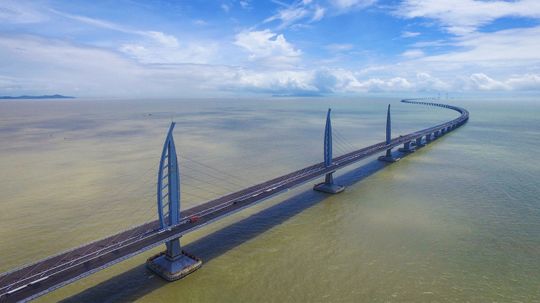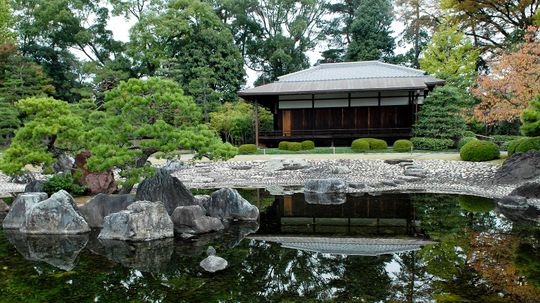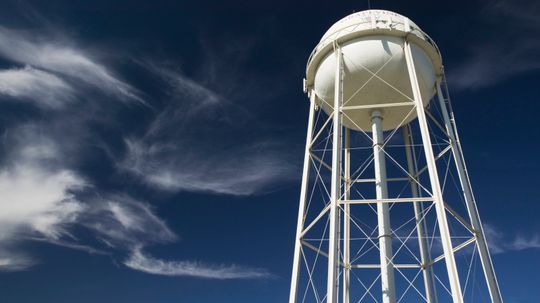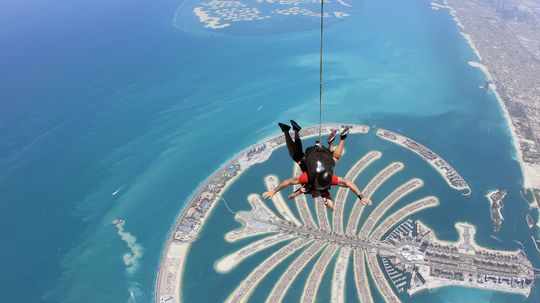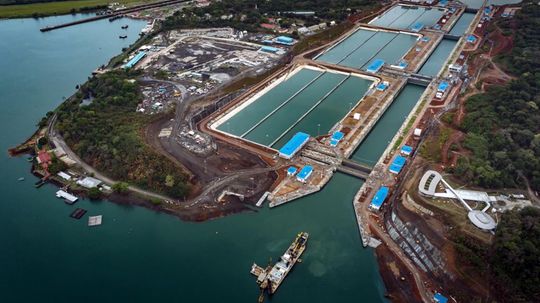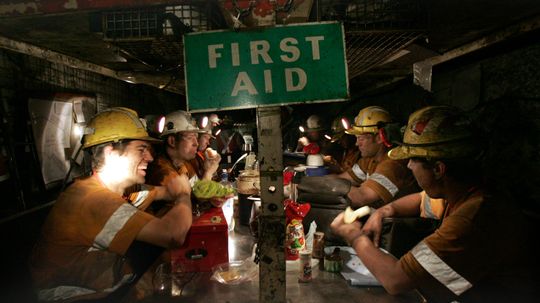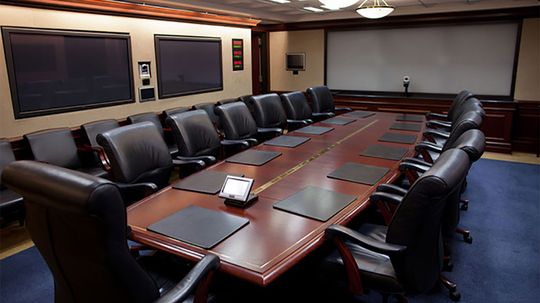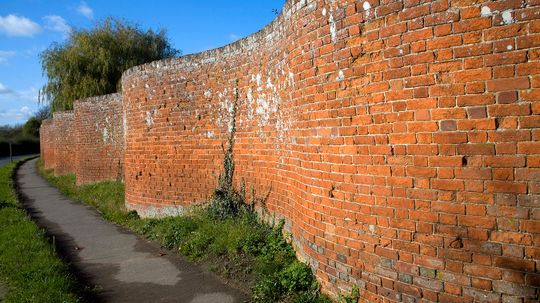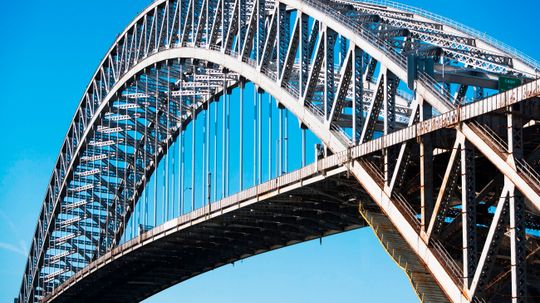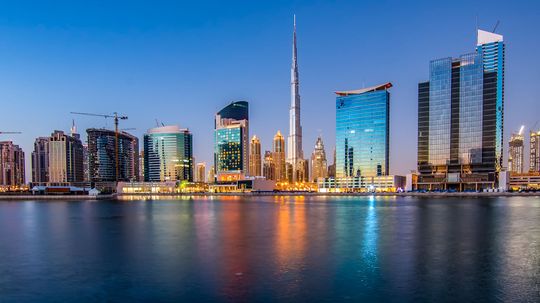Structural Engineering
Buildings and structures take careful planning in order to ensure that they don't collapse or fail in any way. Structural engineers analyze and study the way in which buildings support loads.
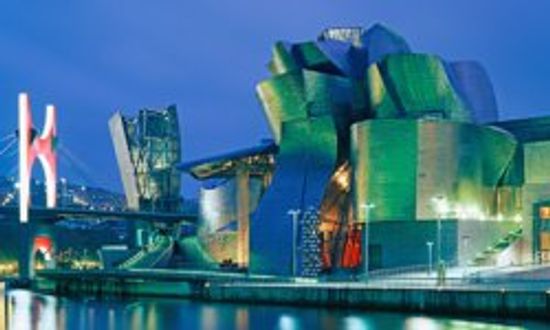
The World's Most Awe-inspiring Glass Buildings

10 Innovative Architects to Watch

16 World-Famous Architects and Their Impact

The Steepest Road in the World, Plus 9 Rival Inclines
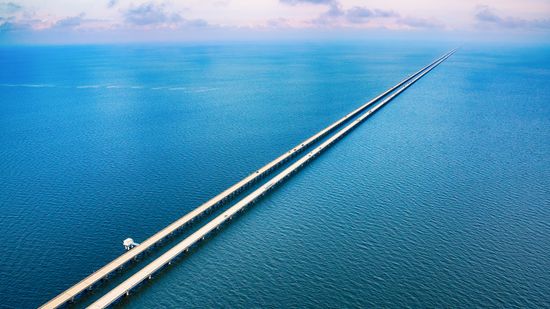
Here's Longest Bridge in the U.S., Plus 7 Runners-Up

10 Types of Swords for All Sorts of Circumstances

A Horrifying Russian Lathe Accident Highlights Vital Safety Protocols

How Zambonis Work

What's the Hardest Wood in the World?
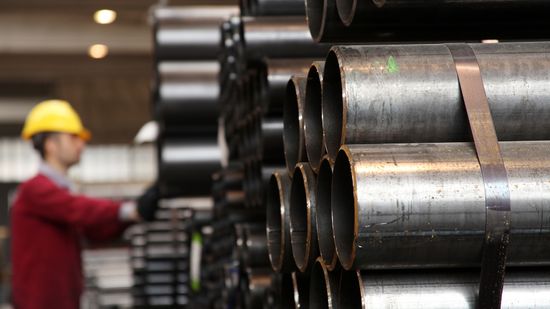
10 Types of Metal (and We Don't Mean the Music)

Are food-based plastics a good idea?

Your Thoughts Could Activate a Tiny Robot Inside Your Own Brain

How Star Wars Works: Fan-built Droids

Robot Pictures
Learn More / Page 3
It's easy to confuse the Parthenon and the Pantheon. The names are so similar, and they're both ancient ruins. But despite those similarities, the two structures are very different.
Despite what the nursery rhyme says, London Bridge is not falling down - and never really has. But the bridge that spans the Thames has been rebuilt again and again for two millennia.
The Hong Kong-Zhuhai-Macao Bridge is 34 miles (55 kilometers) long and connects the territories of Hong Kong and Macao to mainland China for the first time.
Advertisement
We may finally know how the ancient Egyptians built the pyramids.
In 17th century Japan, wealthy citizens built homes with "nightingale floors" that squeaked, warning them of intruders. In fact, the floors squeaked louder when the steps got lighter.
Water towers can be found in just about every town and city in America. Have you ever wondered if they freeze in the winter?
Man has been building islands all over the world for centuries using extraordinary feats of engineering. But at what cost to the environment?
By Mark Mancini
Advertisement
The Panama Canal has been one of the world's biggest engineering feats since it was built nearly by hand in the 1900s.
By John Donovan
Some architects and engineers go big. Others get fancy. And yet others aim squarely for the completely bizarre. These imagination-bending, gravity-defying products may induce more than a few OMGs.
These African American men and women were trailblazers, and in some cases, business leaders in the field of engineering.
Underground mining has come a long way from the days of men with pickaxes and canaries. It relies much more heavily on machinery that makes it much safer than in the past. Which techniques are used in mining today?
By Julia Layton
Advertisement
SCIFs are spy-proof, highly secure facilities designed for viewing and working with sensitive national security secrets. We talk to a former general counsel for the NSA to find out how they work.
Crinkle crankle walls undulate, mimicking the shape of a snake's slither. But what's the purpose of these wavy walls?
Uncover the impact of the Bessemer process, which revolutionized steel production and shaped modern society.
In the last few decades, there's been a sort of arms race to build ever-taller skyscrapers. Which seven currently rank as the world's tallest buildings?
By Alia Hoyt


